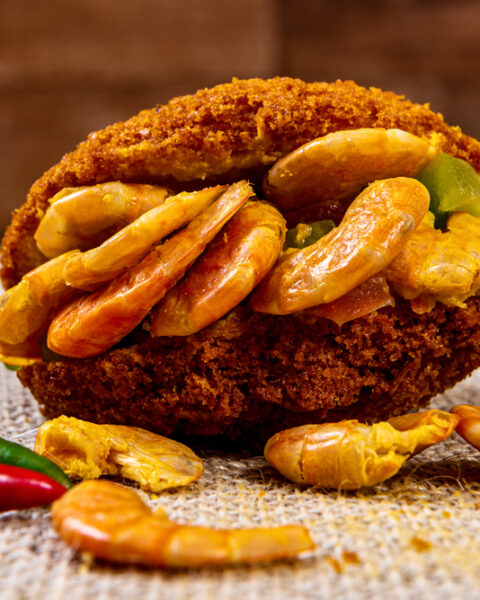Imagine biting into a slice of pizza or savoring a scoop of ice cream and wondering where these delicious treats came from. Well, every dish has a story, and some of your favorite foods have origins that are as interesting as their flavors. From humble beginnings to becoming global sensations, these dishes have traveled through time and cultures, each with its own unique journey.
Contents
Pizza

Pizza has its roots in Naples, Italy, where it began as a simple flatbread topped with ingredients that were affordable and accessible to the working class. Initially, pizza was considered a food for the poor, with basic toppings such as garlic, lard, and salt. Its popularity soared in the late 19th century when tomatoes were added, transforming pizza into the dish we know today. The combination of a crispy yet chewy crust, tangy tomato sauce, and melted cheese makes pizza a globally loved dish, cherished for its balance of flavors and textures.
Ice Cream
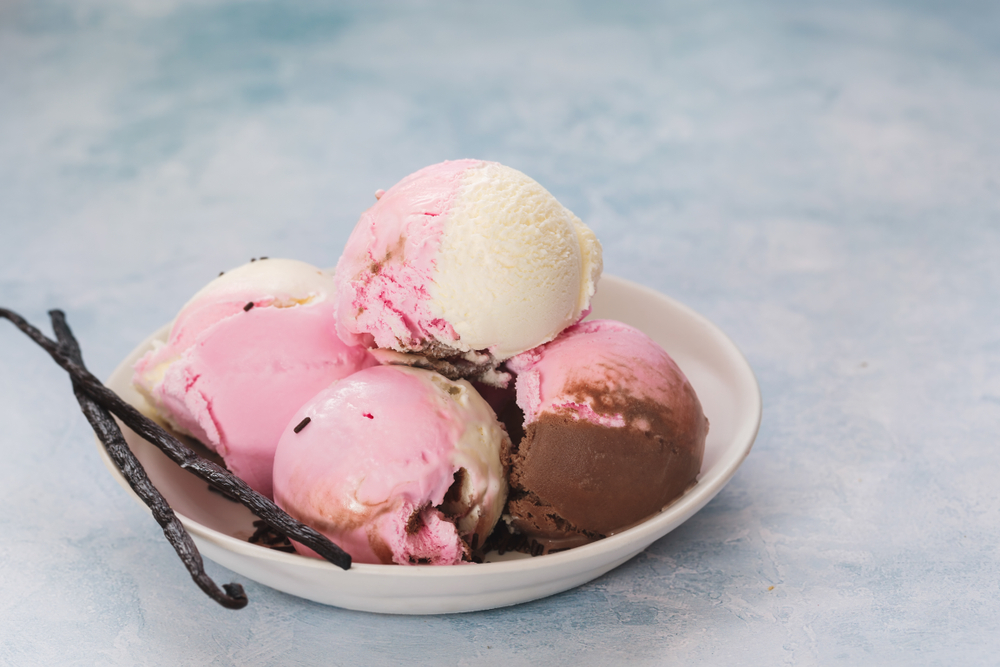
The history of ice cream dates back to ancient China during the Tang Dynasty (618-907 AD), where a mixture of milk, flour, and camphor was chilled to create an early version of this frozen treat. Ice cream became a luxurious treat for the elite before eventually becoming accessible to the general public. The creamy, smooth texture and endless flavor possibilities have made ice cream a favorite dessert worldwide, offering a refreshing indulgence in countless variations.
Waffles

Waffles originated in ancient Greece, where they were called obleios and were cooked between two metal plates. By the Middle Ages, the modern waffle began to take shape with the invention of waffle irons in the 13th century. These waffles were made from a leavened batter, giving them their characteristic fluffiness. The crispy exterior and soft interior, often accompanied by sweet toppings or savory accompaniments, make waffles a versatile dish enjoyed in various forms across cultures.
Sushi

Sushi’s origins trace back to Southeast Asia, where fermented fish was preserved with rice and salt. This method evolved in Japan during the Yayoi period, eventually leading to the sushi we recognize today. In the Edo period (1603-1868), sushi transitioned to a fast food in Tokyo, with fresh fish placed on small balls of vinegared rice. The freshness of the fish, the tanginess of the rice, and the delicate balance of flavors make sushi a beloved culinary art form, celebrated for its simplicity and elegance.
Pie
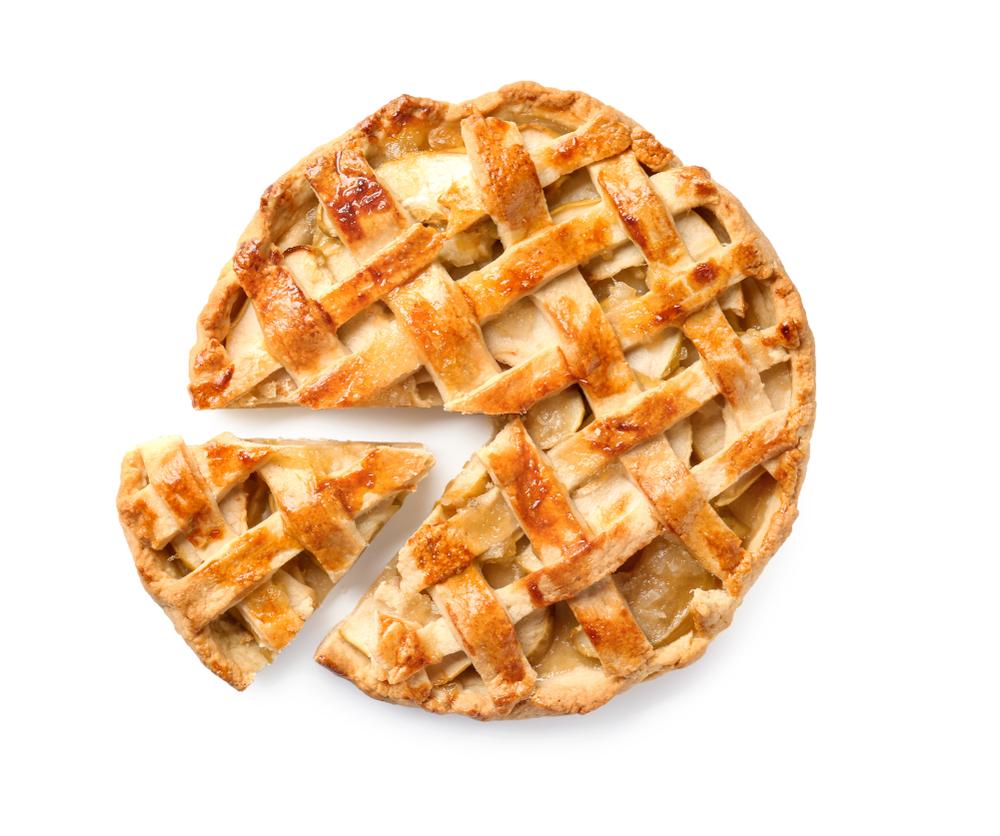
The concept of pie dates back to ancient Egypt, where the first pies were made with honey and encased in a primitive pastry made from barley. The Greeks refined this idea, and the Romans spread pies throughout Europe. By the medieval period, pies were a staple in England, often filled with meat and spices. The flaky, buttery crust combined with sweet or savory fillings provides a comforting and satisfying experience, making pie a cherished dish in many cultures.
Croissant

The croissant’s origins can be traced back to the 13th century in Austria, where it was known as the kipferl. This crescent-shaped pastry was brought to France by Austrian bakers in the 19th century, where it was transformed into the flaky, buttery delight we know today. The layers of laminated dough create a light, airy texture, and the rich, buttery flavor makes the croissant a beloved breakfast item, admired for its perfect balance of crispiness and tenderness.
Donut

The donut has a fascinating history that includes ancient Greece and Rome, where early versions were made by frying strips of dough. The modern donut, particularly the ring-shaped variety, became popular in the United States in the 19th century. Dutch settlers in New Amsterdam (now New York) introduced the concept, which evolved over time. The contrast between the crispy exterior and soft, fluffy interior, often coated in sugar or glaze, makes doughnuts a delightful treat that can be enjoyed in endless variations.
Chocolate

Chocolate’s history begins in ancient Mesoamerica, where the Olmecs first cultivated cacao around 1500 BC. The Maya and Aztecs developed the practice of fermenting, roasting, and grinding cacao beans to create a bitter beverage often mixed with spices. When chocolate reached Europe in the 16th century, it was sweetened and solidified, leading to the creation of modern chocolate. The rich, complex flavors and smooth texture of chocolate make it a beloved treat, enjoyed in everything from bars to beverages.
French Toast
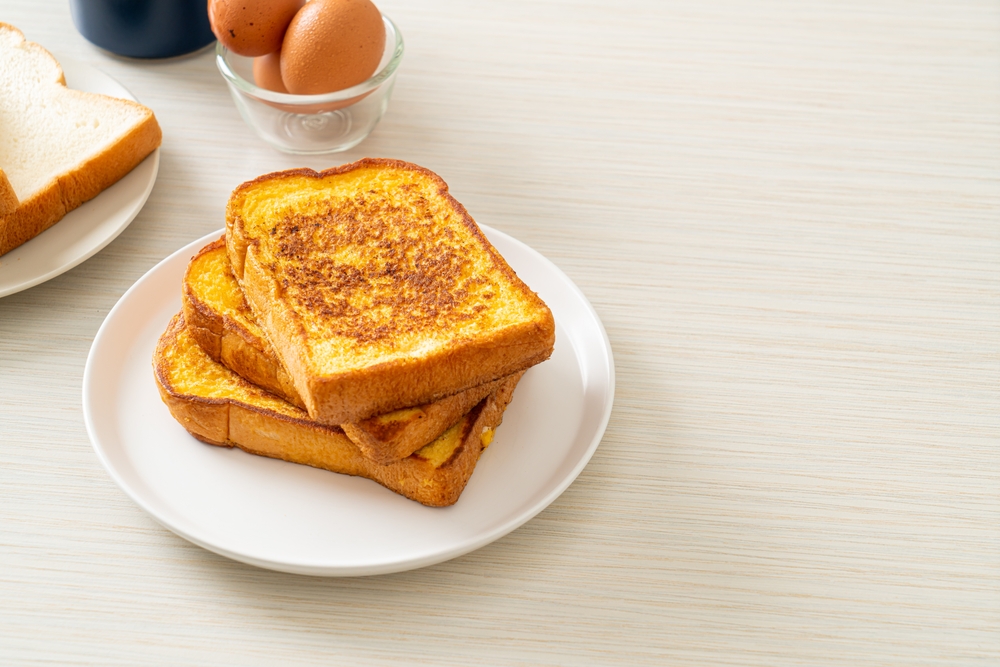
French toast can be traced back to ancient Rome, where it was known as “pan dulcis.” The recipe spread throughout Europe, evolving into the “pain perdu” of France, which means “lost bread.” This dish was a way to use stale bread, soaking it in a mixture of eggs and milk before frying. The crispy edges and custardy center, often topped with syrup or powdered sugar, make French toast a comforting breakfast favorite, cherished for its simplicity and versatility.
Maple Syrup
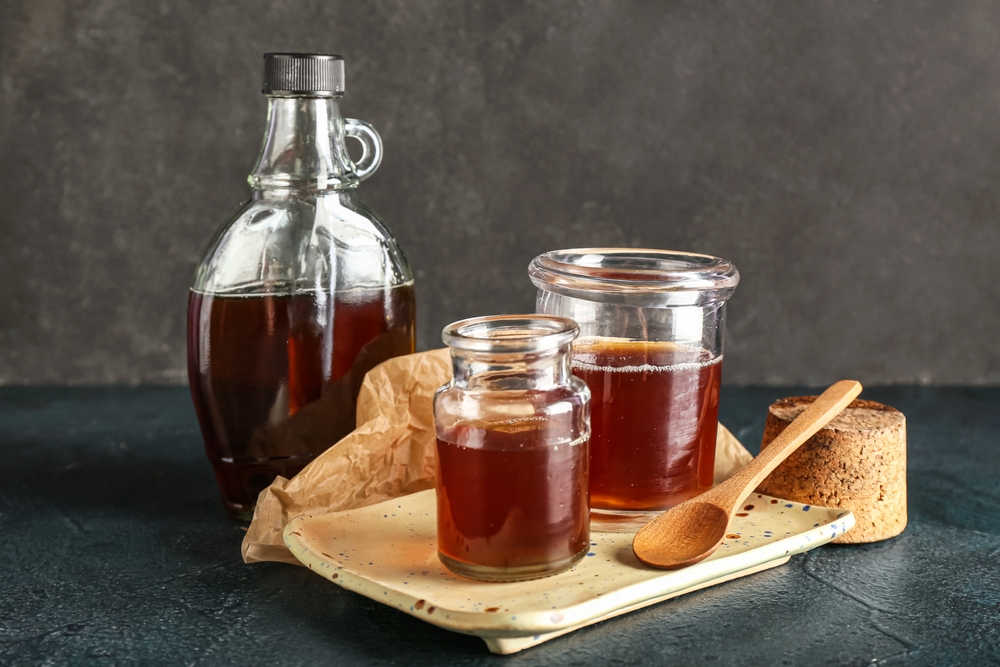
Maple syrup has its origins with Indigenous peoples of northeastern North America, who developed the method of tapping maple trees and boiling the sap to create syrup. Early European settlers learned this technique and refined the process. The rich, sweet flavor of pure maple syrup, with its distinctive caramel notes, makes it a prized topping for pancakes, waffles, and other breakfast items, celebrated for its natural sweetness and depth of flavor.
Caesar Salad
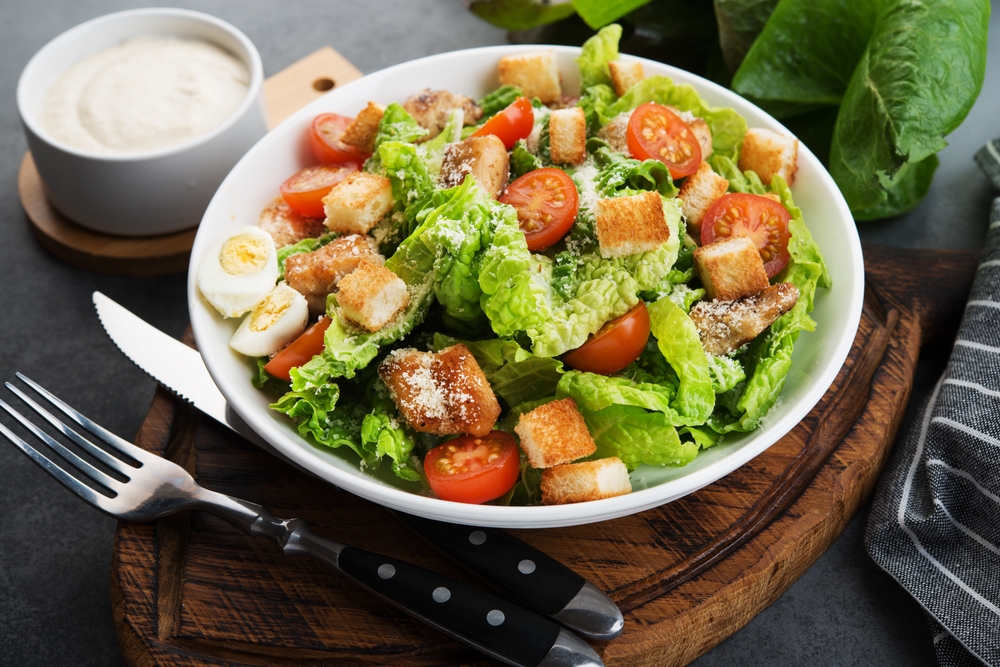
The Caesar salad was invented in 1924 by Caesar Cardini, an Italian immigrant who operated a restaurant in Tijuana, Mexico. Facing a busy weekend with limited supplies, Cardini improvised the salad with romaine lettuce, garlic, croutons, Parmesan cheese, boiled eggs, olive oil, and Worcestershire sauce. The creamy dressing, crunchy croutons, and fresh lettuce make Caesar salad a classic dish, renowned for its bold flavors and satisfying textures.
This article originally appeared on RetailShout
More From RetailShout
I Tried Dozens Of Store-Bought Barbecue Sauces—Only These 18 Are Worth Buying

So, I went on a massive taste test adventure, trying dozens of different store-bought BBQ sauces, and let me tell you, it was quite the flavorful journey. Honestly, most were just okay, but I found 18 that really stood out and thought you might want to check them out. Read More.
15 Delicious Prepared Meals to Get at Trader Joe`s

A rich and creamy Indian-inspired dish that’s packed with tender chicken in a flavorful tomato sauce. Simply microwave or heat on the stove, and pair with rice or naan. Read More.
The 13 Unhealthiest Costco Bakery Foods

Walking through the Costco bakery section can be both a delight and a challenge. The aroma of fresh-baked goods is irresistible, and the selection is vast. Read More.






